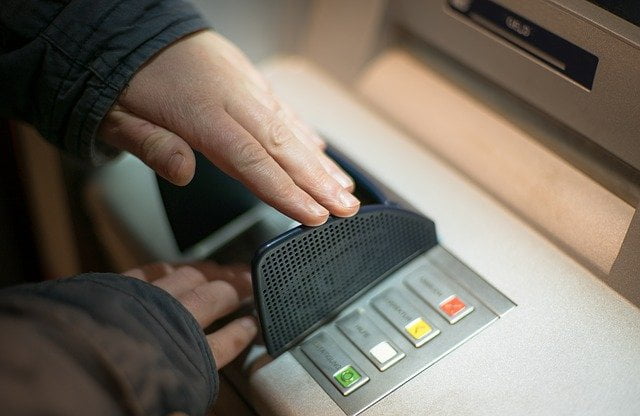Imagine receiving a message on your mobile stating an XXXXX amount has been withdrawn from your account while you are sitting at home away from the ATM or Bank. It hits your mind that you could be a victim of ATM fraud. Possibly because your card was cloned or skimmed. Card Skimming means stealing the electronic data of a debit/credit card with the customer realising it until the money is withdrawn from their account without their knowledge.
The question is how to protect your hard-earned money from ATM frauds. And how an OTP-based ATM withdrawal can safeguard your savings. Banks like State Bank of India (SBI) and Punjab National Bank (PNB) have initiated this facility for their customers. OTP-based withdrawals of Rs 10,000 and above are available 24×7 at its ATMs. The move is aimed at safeguarding customers from fraud and minimizing unauthorised transactions.
How to withdraw cash using OTP-based method from SBI ATMs
- This facility is only applicable to SBI debit cardholders for withdrawing cash of Rs 10,000 and above.
- For each withdrawal, the customer is required to enter the debit card PIN along with the OTP (received on the registered mobile).
- Once the customer enters the withdrawal amount, the ATM will ask for the OTP.
- This will be sent to the customer’s registered mobile number.
- The facility is only available at State Bank of India ATMs
Punjab National Bank (PNB) too implemented new rules for withdrawing cash from ATMs effective 1 December 2020.
New arrivals | Mobile Phones | Order Online
How to withdraw cash using OTP-based method from PNB ATMs
- Visit the PNB ATM and insert your debit/ATM card.
- Then enter the necessary details.
- In case you are taking out more than Rs 10000 at a time, you can’t do the transaction without the OTP sent on your registered mobile number.
- Enter the OTP that you have received on your mobile number.
- After entering OTP, you can easily collect the cash from the machine.
How is ATM skimming done?
A skimmer is placed on the ATM card swiping mechanism. Also, a camera is put inside the ATM to get to know the ATM pin of the card user. Once the pin is recorded and the card details are stored on the skimmer.
What do I do if I have been skimmed?
If you think you have been skimmed, you need to immediately contact your bank customer care centre. Once you report the crime, the bank will look into it and replace your card according to your specific situation. Moreover, the RBI has stated that customer liability is zero if a third party has committed an unauthorised transaction. This is because the bank or the customer is not at fault. However, there are certain terms and conditions related to this.
Also Read | Bad Bank: A big step in resolving India’s NPA woes?
Steps to follow to prevent ATM frauds?
-Avoid using ATMs in deserted regions.
-Check the card reader and see if any skimmer is attached to it.
-Look for hidden cameras in the ATM.
-Change your password frequently.
-Always cover your ATM keypad, when you are entering your password.
According to the Reserve Bank of India (RBI), a customer shall be liable for the loss occurring due to unauthorised transactions in the following cases:
In cases where the loss is due to negligence by a customer, such as where he has shared the payment credentials, the customer will bear the entire loss until he reports the unauthorised transaction to the bank. Any loss occurring after the reporting of the unauthorised transaction shall be borne by the bank.
In cases where the responsibility for the unauthorised electronic banking transaction lies neither with the bank nor with the customer, but lies elsewhere in the system and when there is a delay (of four to seven working days after receiving the communication from the bank) on the part of the customer in notifying the bank of such a transaction, the per transaction liability of the customer shall be limited to the transaction value or the amount mentioned here, whichever is lower.









Unified Pension Scheme (UPS): How it differs from NPS and OPS
RBI to lenders: Stop charging compound penal interest on loans
Income Tax Return (ITR) filing: What happens if you fail to do so